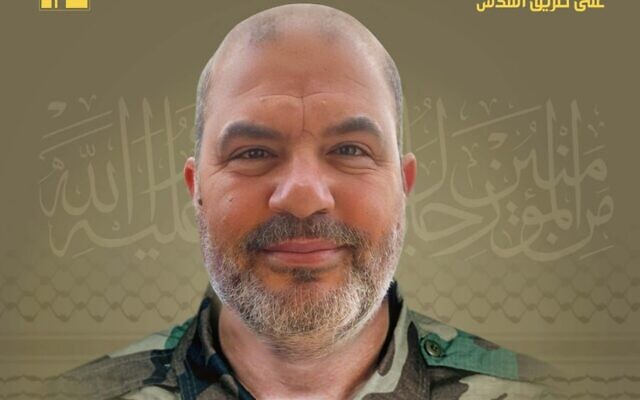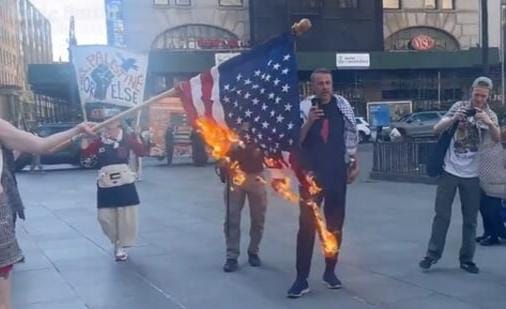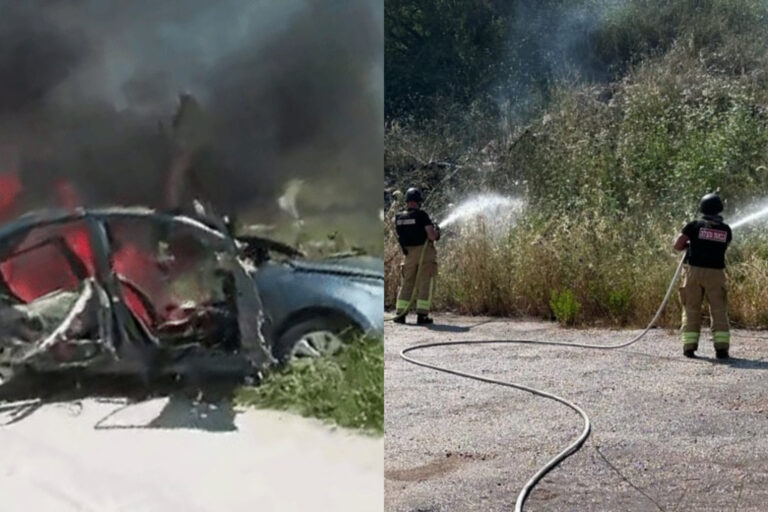The Haftorah for Shabbos Chanukah on years in which there is only one Shabbos Chanukah (and otherwise the first of the two when there are two) is from Zechariah. The Haftorah spans more than one Nevuah but was chosen for the Nevuah with which it ends.
Zechariah sees in a vision a seven-branched Menorah with two olives on top of the Menorah, and oil pouring into the Menorah’s cups. Zechariah asks the angel communicating the prophecy to him to explain the vision. The Malach explains that the vision represents the banyan Bayis Sheni – the building of the second Temple. The Malach explains that it is a message to Zerubavel that the second Bayis isn’t to be built through strength and power, but will rather build itself just as this Menorah appeared to be filling itself with oil on its own. While this idea of self-building is interesting, it seems to lack a real moral. It is unclear as well why this Haftorah is chosen to be the main Haftorah of Chanukah? There are many Nevuos that mention the Menorah.
If the Navi is telling us that the Bayis Sheni won’t be built through strength but instead on its own, it would stand to reason that without this Nevuah one would have assumed that the Bayis Sheni would be built through strength. While the Navi seems to imply so, there doesn’t seem to be any inherent reason to assume that the Bayis should be built davka through strength and power.
The first Bayis was built by Shlomo Hamelech when Klal-Yisroel was at its height of glory. The Bayis Rishon was destroyed when Klal-Yisroel was at an all-time low. There was therefore a natural tendency to believe that the Binyan Beis Hamikdash had a direct correlation to Am-Yisroel’s strength.
The story of Chanukah showed otherwise. We say in Al Hanisim ‘rabim beyad meatim’ (‘the many in the hands of the few’), and ‘Giborim beyad Chaloshim’ (‘the strong in the hands of the weak’). The Nes of Chanukah was clearly a war that was won by itself. The theme of Chanukah is that if we do Retzon Hashem everything falls into place on its own.
The lesson the Navi is telling us is: do not confuse glory with strength. Glory is the result of things falling into place through fulfilling Retzon Hashem. It may be for this reason that this Haftorah is chosen to be the main Haftorah for Chanukah.
The Chashmonaim who waged war against the Greeks realized this, but unfortunately it wasn’t internalized by their descendants. Their descendants veered away from the path of Torah – from Hashem’s order because they were blinded by power.
The message of Chanukah remains for us to eternalize today. As the Haftorah ends לא בחיל… לא בכוח… עם רוח ה’ ‘not through strength, and not through power but through Hashem’s Spirit’. May we merit the banyan Bayis Shlishi on its own through our fulfilling Retzon Hashem.
A very warm Good Shabbos, Rabbi Y. Dov Krakowski





